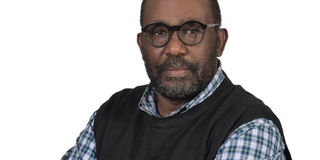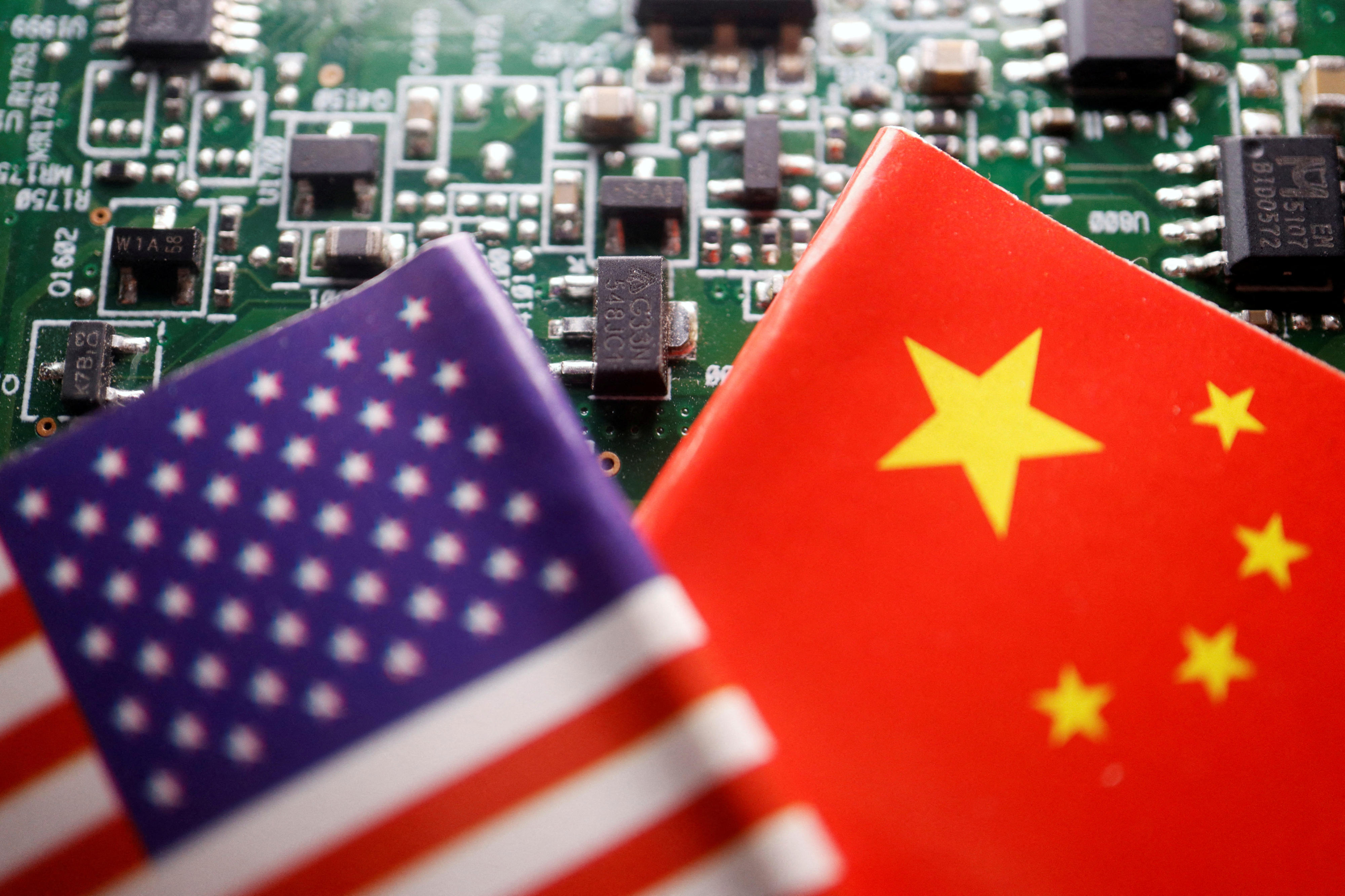The Kenya-Uganda milk fight is not about milk

Author, Mr Charles Onyango-Obbo. PHOTO/COURTESY.
What you need to know:
- When we were at Makerere University, the southern African students who had foreign exchange and could travel more freely to Nairobi and back were gods. They would bring back cologne (Brut), music (LPs), and even fancy tinned beef.
The Kenya-Uganda milk wars are back. Kenya is blocking imports of the milk to protect its local producers, who were being seriously undercut by the cheaper Ugandan imports.
This milk thing is about something else. For that, we have to go back to Comrade Omwony Ojwok. At the time of his death on November 11, 2007, Omwony was State minister for Economic Monitoring, a job he held between 2001 and 2007, having been minister for Northern Rehabilitation between 1999 and 2001. Before that, he headed the Uganda Aids Commission. And if you go even further back, Omwony was better known as one of the “Gang of Four” group of politicians (which included Dani Nabudere, Edward Rugumayo, and Yash Tandon) during the Uganda National Liberation Front (UNLF), the government that took over after the ouster of Idi Amin.
Omwony fled back into exile after the UNLF was overthrown by its Military Council in August 1980 when Godfrey Binaisa was president. Paulo Muwanga was chairman of the Military Council, and now-President Yoweri Museveni was its deputy chairman.
I will always remember a story that Omwony once told me, and this column reported on in the past. This man, who lectured at 10 universities, spoke French and Latin, among several languages, lit up when he told this earthly tale. When he went to study at Oxford University, he told me, one of his classmates was a Somali. They got talking, and the fellow wanted to know where he was from.
Uganda, Omwony told him.
What part of Uganda, the chap insisted.
Karamoja, Omwony said.
The good Somali man got visibly excited at the mention of Karamoja, and asked a now puzzled Omwony which part of it.
As Omwony remarked, even when he spoke to friends in Kampala, few ever asked which part of Karamoja he was from. Here was a Somali, in an Oxford graduate school, pressing him on the details.
So Omwony told him. The Somali chap told him, it was amazing, he knew about Omwony’s home locality. When he was growing up in Somalia, the place was very popular in his area, because Somali cattle rustlers said it produced some of the hardiest cattle. Historically, before the colonial borders became hard set in the post-independence period, cattle rustlers used to steal and sell cattle along a vast corridor on the eastern flank of Africa, from the tip of the Horn, through east and central Africa, and well into Mozambique!
They became very close “brothers” because, as the Somali chap said, he had likely drunk milk from cows from Omwony’s relatives’ kraals. Ugandan cows and their milk then, have travelled further than Kenya. The fact that milk is an issue, says many things about Uganda, including how it processes its current landlocked status. It’s a country that needs to exports its milk and other things, or if not, needs them to be stolen by cattle rustlers from faraway lands as happened ages ago. There’s perhaps no landlocked country in Africa that is as uncomfortable in its landlocked skin as Uganda.
It’s a claustrophobic nation. It’s why, at least at the rhetorical level, from Milton Obote, Amin, and Museveni, every president has taken a pan-African liberationist posture. Some years ago, there was a conference in Kampala, and some pan-Africanist declared that because River Nile flows all the way into the Mediterranean Sea, Uganda cannot be landlocked! He was cheered to the rafters.
Even 20 years ago, it would have been impossible to imagine that Kenya, until now the region’s far out most industrialised economy, would feel threatened by Ugandan milk (not to mention eggs, and other products) and resort to locking it out. Milk represents a major change in fortunes between Uganda and Kenya. When the Ugandan economy was in a mess, without powdered milk from Kenya, we would drink tea or coffee clean, if you couldn’t get fresh supply.
When we were at Makerere University, the southern African students who had foreign exchange and could travel more freely to Nairobi and back were gods. They would bring back cologne (Brut), music (LPs), and even fancy tinned beef.
With the new music, we could party. In high school, we would travel to Malaba or Busia borders to buy soap, toothpaste, and even combs. That we have this reversal of roles, tells us not so much what has changed in Kenya, but how different Uganda is. It is not the economic and other changes that the Museveni government likes to tout. It’s in the process that has seen people like Vision Group’s exiting CEO Robert Kabushenga and entrepreneurs like Tony Otoa, become dyed-in-the-wool farmers. Ugandan milk giving Kenyans headache, is only a tiny part of the story. Yes, I see that I have put myself in trouble here and will have to explain.
Mr Onyango-Obbo is a journalist, writer and curator of the “Wall of Great Africans”. Twitter@cobbo3





